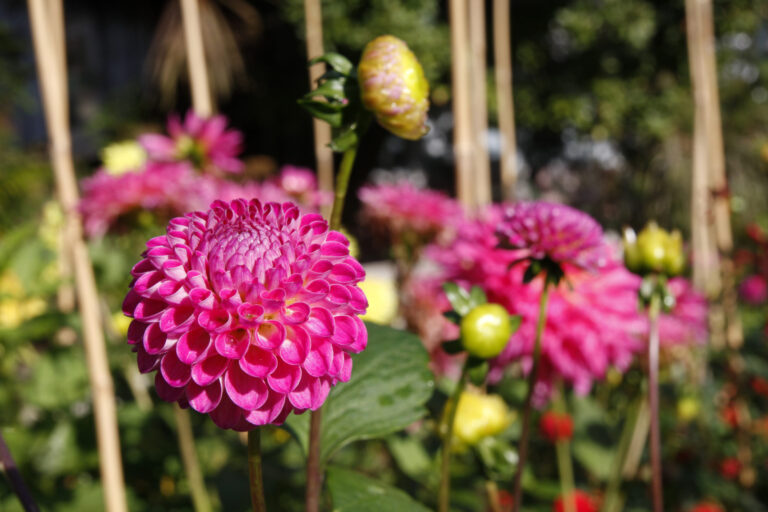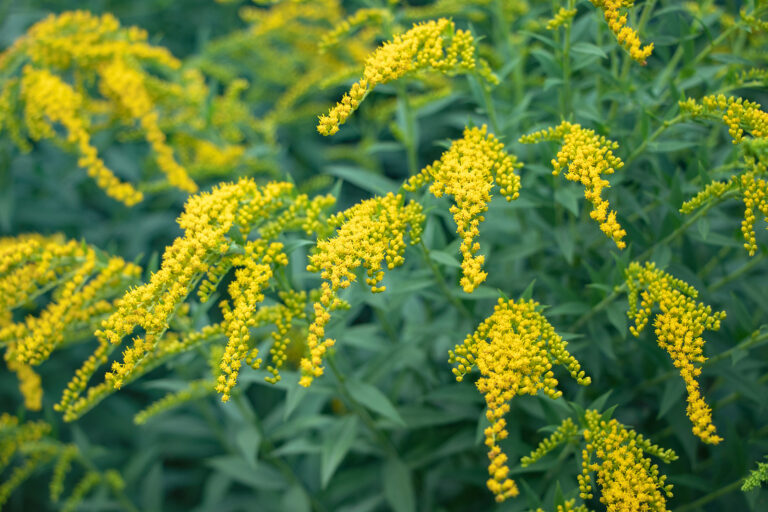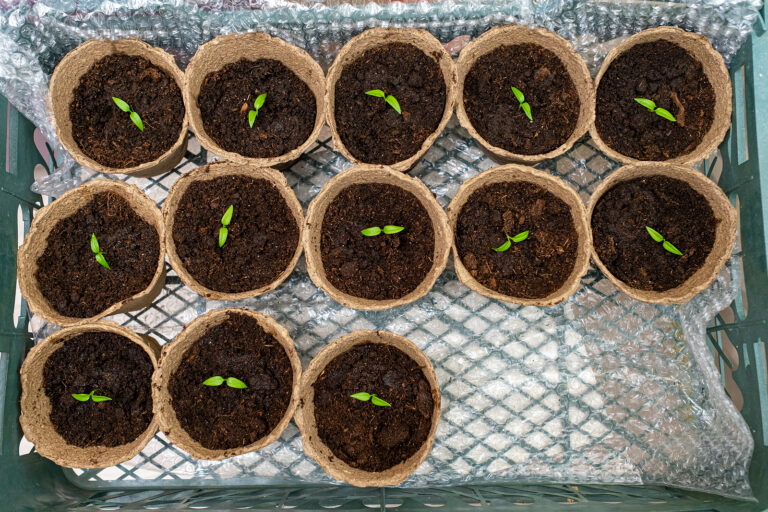Cover Crops That Make Sense for the Small Regenerative Garden
Cover crops are often associated with farms and large fields, but they have just as much value—sometimes even more—in the small regenerative garden. After gardening in raised beds, wide rows, and containers in Sonoma Valley for more than 30 years, I’ve learned that the right cover crops can dramatically improve soil structure, moisture retention, fertility, and garden resilience even in compact spaces.
The key is choosing cover crops that fit the scale of the home garden and provide benefits without becoming unmanageable.
Why Cover Crops Matter in Small Gardens
Even small beds benefit from:
- Reduced soil compaction
- Improved organic matter
- Enhanced microbial life
- Natural nitrogen inputs
- Weed suppression
- Moisture conservation
In my own raised beds, cover crops have helped create deeper, softer soil and more vigorous harvests—especially after years of intensive planting.
How to Choose Cover Crops for Limited Space
Small gardens require crops that are easy to plant, maintain, and terminate. The best choices deliver big benefits without taking over the space or lingering too long.
1. Choose Low-Growing or Manageable Species
Avoid tall grasses or aggressive varieties if you don’t have space to handle large biomass.
Great options include:
- Crimson clover – Compact, beautiful, nitrogen-fixing
- White Dutch clover – Living mulch under perennials
- Field peas – Quick nitrogen boost, easy to cut
- Phacelia – Pollinator magnet that stays manageable
- Buckwheat – Fast summer cover that breaks down quickly
2. Think in Terms of Timing
Small gardens don’t have room to waste weeks waiting for biomass to break down. Choose crops that fit your schedule:
- Fast growers (3–6 weeks): buckwheat, mustard
- Moderate growers (6–10 weeks): peas, clovers, phacelia
- Overwintering crops: vetch, oats, rye (use low rates or small patches only)
3. Match Benefits to Bed Needs
Different beds need different help:
- Nitrogen: peas, clover, vetch
- Weed suppression: mustard, buckwheat
- Organic matter: oats, field peas
- Pollinators: phacelia, crimson clover
I often mix peas with oats in larger beds, but in small raised beds I prefer crimson clover or phacelia for their balance of ease and benefits.
Best Cover Crops for Small Regenerative Gardens
Crimson Clover
- Compact, colorful, fixes nitrogen
- Great for fall, winter, or early spring
Field Peas
- Easy to sow, quick to grow
- Excellent before fruiting crops like tomatoes
Buckwheat
- Fast summer cover
- Helps loosen the topsoil and feeds pollinators
Phacelia
- Beautiful, non-invasive, and beloved by pollinators
- Perfect for small beds or borders
White Dutch Clover
- Low-growing living mulch
- Good in pathways or around perennials
Oats (in moderation)
- Great biomass for small spaces
- Winter-kill in cold areas but in mild climates require cutting and mulching
How to Manage Cover Crops in Small Spaces
1. Use “Chop and Drop”
Cut plants at the base and leave foliage as mulch. This avoids tilling and preserves soil structure.
2. Time Termination Carefully
In small beds, terminate cover crops:
- Before flowering to speed breakdown
- Early spring or midsummer to stay on planting schedule
3. Replant Through Residues
Open small pockets for seeds or transplants, allowing residue to remain as living mulch.
4. Try Partial-Bed Cover Cropping
You don’t need to seed an entire bed. Cover half or one-third of a bed at a time while cropping the rest. This rotation keeps soil biology active without pausing production.
Final Thoughts
Cover crops don’t require acres—they only require intention. With thoughtful choices and simple management, even the smallest regenerative garden can harness the power of cover crops to build healthier, richer soil season after season. A few square feet of clover or buckwheat can do more for your soil than years of bagged amendments.





